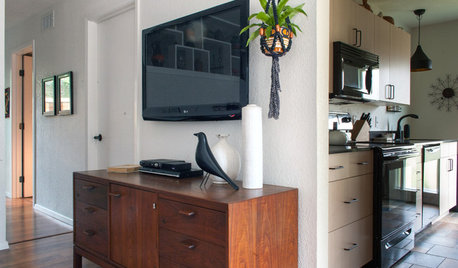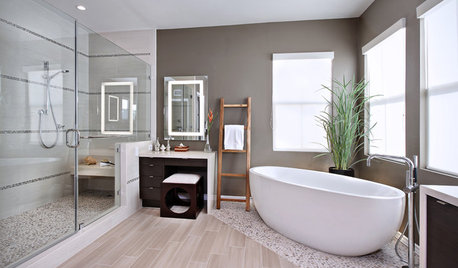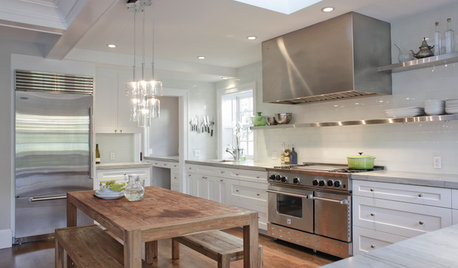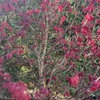Buying Smaller Trees - When Will they ~Equal Their Larger Cousins
loctan
11 years ago
Related Stories

TREESHow to Buy Healthy Trees and Shrubs
A healthy young plant with a strong form is more likely to do well in your yard. Here’s what to look for at the nursery
Full Story
SMALL HOMES28 Great Homes Smaller Than 1,000 Square Feet
See how the right layout, furniture and mind-set can lead to comfortable living in any size of home
Full Story
LIFETips for Moving Into a Smaller Space
Downsize with less compromise: Celebrate the positive, pare down thoughtfully and get the most from your new home
Full Story
CHRISTMAS TREESGuest Picks: Christmas Tree Skirts for Every Style
Let's not skirt the issue: Christmas trees look more polished when the base is dressed
Full Story
GARDENING GUIDESMake Sure You Read This Before Buying New Plants
Follow these 10 plant-selection tips to avoid buyer’s remorse
Full Story
REMODELING GUIDESWhen to Use Engineered Wood Floors
See why an engineered wood floor could be your best choice (and no one will know but you)
Full Story
REMODELING GUIDES9 Hard Questions to Ask When Shopping for Stone
Learn all about stone sizes, cracks, color issues and more so problems don't chip away at your design happiness later
Full Story
WORKING WITH PROSGo Beyond the Basics When Interviewing Architects
Before you invest all that money and time, make sure you and your architect are well matched beyond the obvious levels
Full Story
KITCHEN DESIGNCooking With Color: When to Use White in the Kitchen
Make sure your snowy walls, cabinets and counters don't feel cold while you're riding white's popularity peak
Full Story
KITCHEN DESIGN9 Questions to Ask When Planning a Kitchen Pantry
Avoid blunders and get the storage space and layout you need by asking these questions before you begin
Full StoryMore Discussions










jocelynpei
brandon7 TN_zone7
Related Professionals
Bowie Landscape Contractors · Englewood Landscape Contractors · Florham Park Landscape Contractors · North Canton Landscape Contractors · Soddy Daisy Landscape Contractors · North Hills Landscape Contractors · Bethany Siding & Exteriors · Mitchellville Siding & Exteriors · Point Loma San Diego Siding & Exteriors · Riverside Siding & Exteriors · Sacramento Siding & Exteriors · Clearfield Siding & Exteriors · Clute Decks, Patios & Outdoor Enclosures · Pueblo West Decks, Patios & Outdoor Enclosures · Westminster Decks, Patios & Outdoor Enclosuresilovemytrees
greenthumbzdude
drrich2
scotjute Z8
Embothrium
poaky1
strobiculate
foolishpleasure